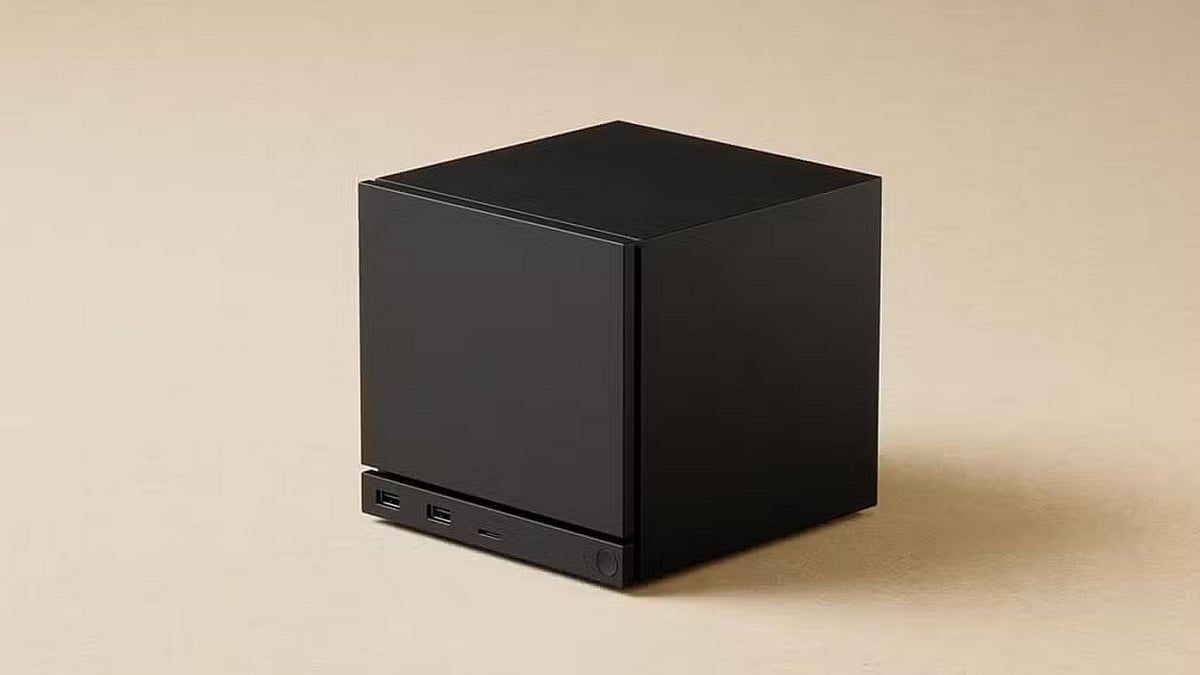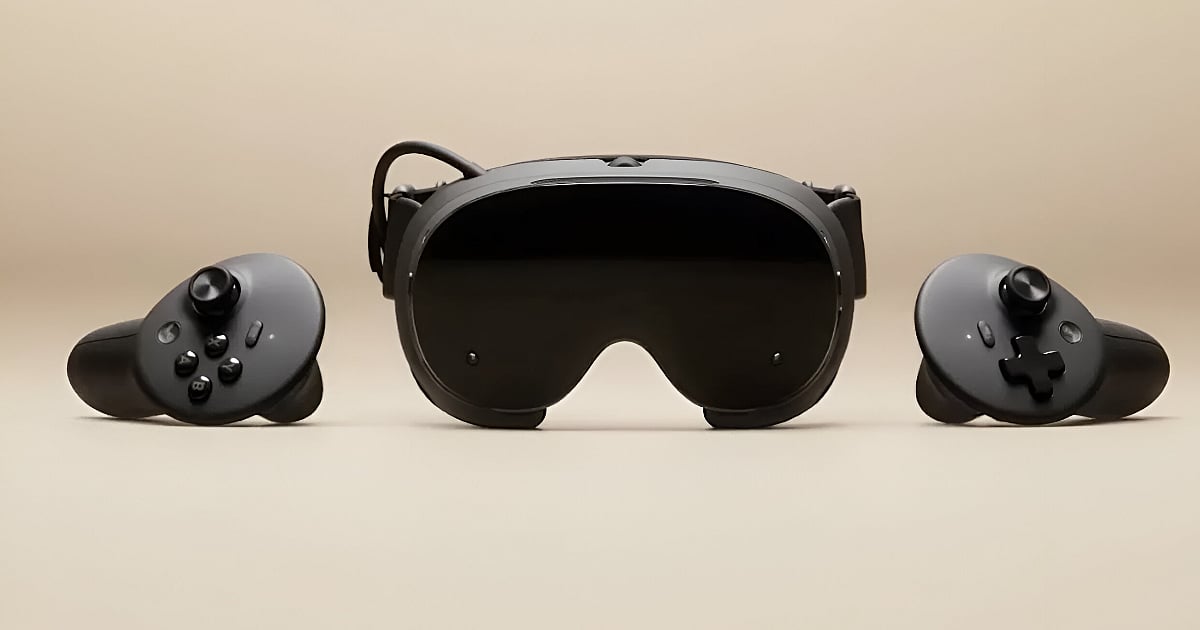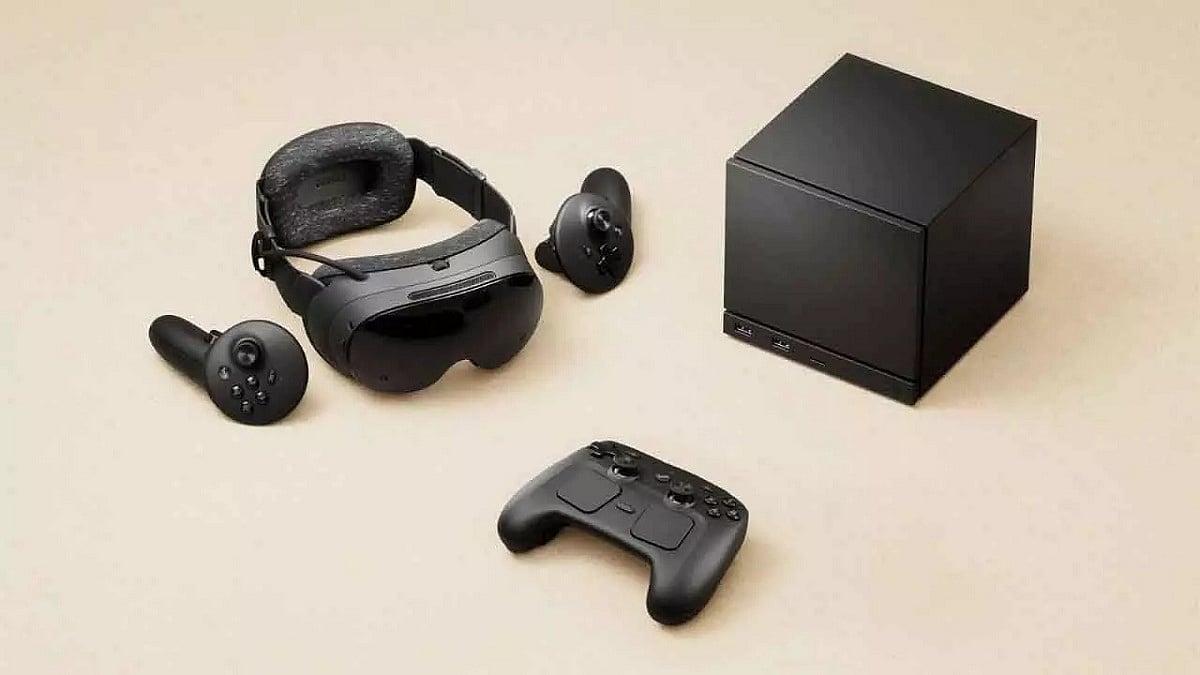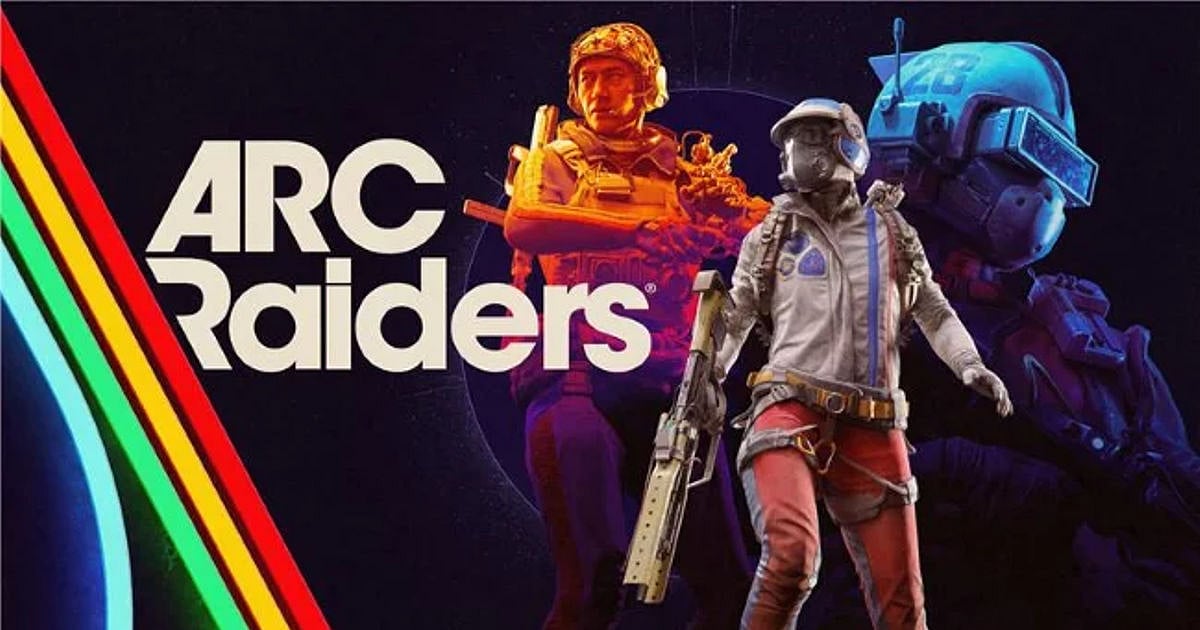
Steam Machine
Steam Machine vs Xbox Series X vs PlayStation 5: Console Showdown
Valve’s new home console goes head-to-head against popular consoles like the PlayStation 5 and Xbox Series X.
Highlights
- Steam Machine boasts of a powerful CPU, but its GPU falls behind PS5 Pro’s 33.5 TFLOPS card and the high CU count on Xbox Series X.
- The Steam Machine’s 8GB VRAM can limit future AAA titles, while PS5 Pro and Xbox Series X have more robust memory and bandwidth for advanced graphics.
- PS5 Pro enables 8K gaming and next-gen ray tracing, Series X leads on raw GPU compute, and Steam Machine adds software flexibility and mod-friendly PC features.
Valve’s next-gen Steam Machine home console is a direct competitor to Sony’s PlayStation 5, PlayStation 5 Pro, and Microsoft’s Xbox lineup of consoles. While designed as a hybrid PC-console, it brings the flexibility of SteamOS and deep hardware customization. How does Valve’s new entry compare to the industry’s most popular systems in raw specs, graphical power, and feature set? Let’s find out.
Steam Machine vs Xbox Series X vs PS5 vs PS5 Pro
One of the biggest talking points about the Steam Machine console is its 8 GB DDR6 VRAM (virtual RAM). Valve is marketing its console for 4K gaming, but the low VRAM amount can make it challenging for the console to run the latest games. When compared to the PS5, PS5 Pro, and Xbox Series X, the Steam Machine has a more powerful CPU. However, its GPU can be situationally better or worse depending on the games being played.
Here is a comparison pitting the Steam Machine against Sony and Microsoft’s best consoles available right now:
Category | Steam Machine (2025) | Xbox Series X (2020) | PS5 (2020/Slim 2023) | PS5 Pro (2024) |
CPU | Semi-custom AMD Zen 4: 6 cores/12 threads, up to 4.8 GHz, 30W TDP | Custom AMD Zen 2: 8 cores/16 threads, 3.8 GHz (3.6 GHz w/SMT), ~150W TDP (system total ~233W) | Custom AMD Zen 2: 8 cores/16 threads, up to 3.5 GHz, ~150W TDP (system total ~200W) | Same as PS5: Custom AMD Zen 2, up to 3.5 GHz, ~150W TDP (system total ~200-250W) |
GPU | Semi-custom AMD RDNA 3: 28 CUs, up to 2.45 GHz, 8GB GDDR6 (~15-18 TFLOPS est.), 110W TDP; < RX 7600 in CUs/clock | Custom AMD RDNA 2: 52 CUs @ 1.825 GHz, 16GB GDDR6 (10GB high-speed), 12 TFLOPS, ~150W TDP | Custom AMD RDNA 2: 36 CUs @ 2.23 GHz, 16GB GDDR6, 10.28 TFLOPS, ~150W TDP | Enhanced AMD RDNA 2/3 hybrid: ~60 effective CUs @ ~2.0 GHz, 16GB GDDR6, ~16.7 TFLOPS (w/ PSSR AI upscaling), ~150W TDP |
RAM | 16GB DDR5 (unified) | 16GB GDDR6 (10GB @ 560 GB/s + 6GB @ 336 GB/s) | 16GB GDDR6 @ 448 GB/s + 512MB DDR4 (system) | 16GB GDDR6 @ 576 GB/s + 2GB DDR5 (system) |
Storage | 512GB or 2TB NVMe SSD; expandable via high-speed microSD | 1TB NVMe SSD; expandable via proprietary cards or USB | 825GB (base) or 1TB (Slim) NVMe SSD; expandable via M.2 slot | 2TB NVMe SSD; expandable via M.2 slot |
Display Outputs | DP 1.4 (4K@240Hz, 8K@60Hz, HDR, FreeSync, daisy-chain); HDMI 2.0 (4K@120Hz, HDR, FreeSync, CEC) | HDMI 2.1 (8K@60Hz/4K@120Hz, VRR, ALLM, HDR) | HDMI 2.1 (8K@60Hz/4K@120Hz, VRR, ALLM, HDR) | HDMI 2.1 (8K@60Hz/4K@120Hz, VRR, ALLM, HDR) |
Ports | 1x USB 3.2, 2x USB 3.0, 2x USB 2.0; microSD; Ethernet; no Thunderbolt | 3x USB 3.1 Gen 1, HDMI 2.1, Ethernet; IR sensor | 2x USB-C (3.2 Gen 2x2), 2x USB-A (3.2 Gen 2), HDMI 2.1, Ethernet | Same as PS5 + Wi-Fi 7 support |
OS/Software | SteamOS 3 (Arch Linux-based, KDE Plasma desktop) | Xbox OS (custom Windows-based) | PlayStation OS (FreeBSD-based) | Same as PS5 |
Power/Form Factor | ~140W total TDP; compact console (modular design) | 233W max; tower-style console | ~200W max; tower-style console (Slim is slimmer) | ~200-250W max; tower-style console |
The Steam Machine has faster memory (RAM). On top of being a home console, the Steam Machine also doubles up as a PC. Unlike Microsoft’s Xbox Game Pass or Sony’s PlayStation Plus, the Steam Machine does not require a subscription service to access online services.
Valve is also opening its doors to third-party manufacturers to create more variations of the Steam Machine. Gamers who want a more powerful version of the Steam console will have to wait for further announcements from manufacturers.

Author
Abhimannu Das is a web journalist at Outlook India with a focus on Indian pop culture, gaming, and esports. He has over 10 years of journalistic experience and over 3,500 articles that include industry deep dives, interviews, and SEO content. He has worked on a myriad of games and their ecosystems, including Valorant, Overwatch, and Apex Legends.
Abhimannu Das is a web journalist at Outlook India with a focus on Indian pop culture, gaming, and esports. He has over 10 years of journalistic experience and over 3,500 articles that include industry deep dives, interviews, and SEO content. He has worked on a myriad of games and their ecosystems, including Valorant, Overwatch, and Apex Legends.
Related Articles






